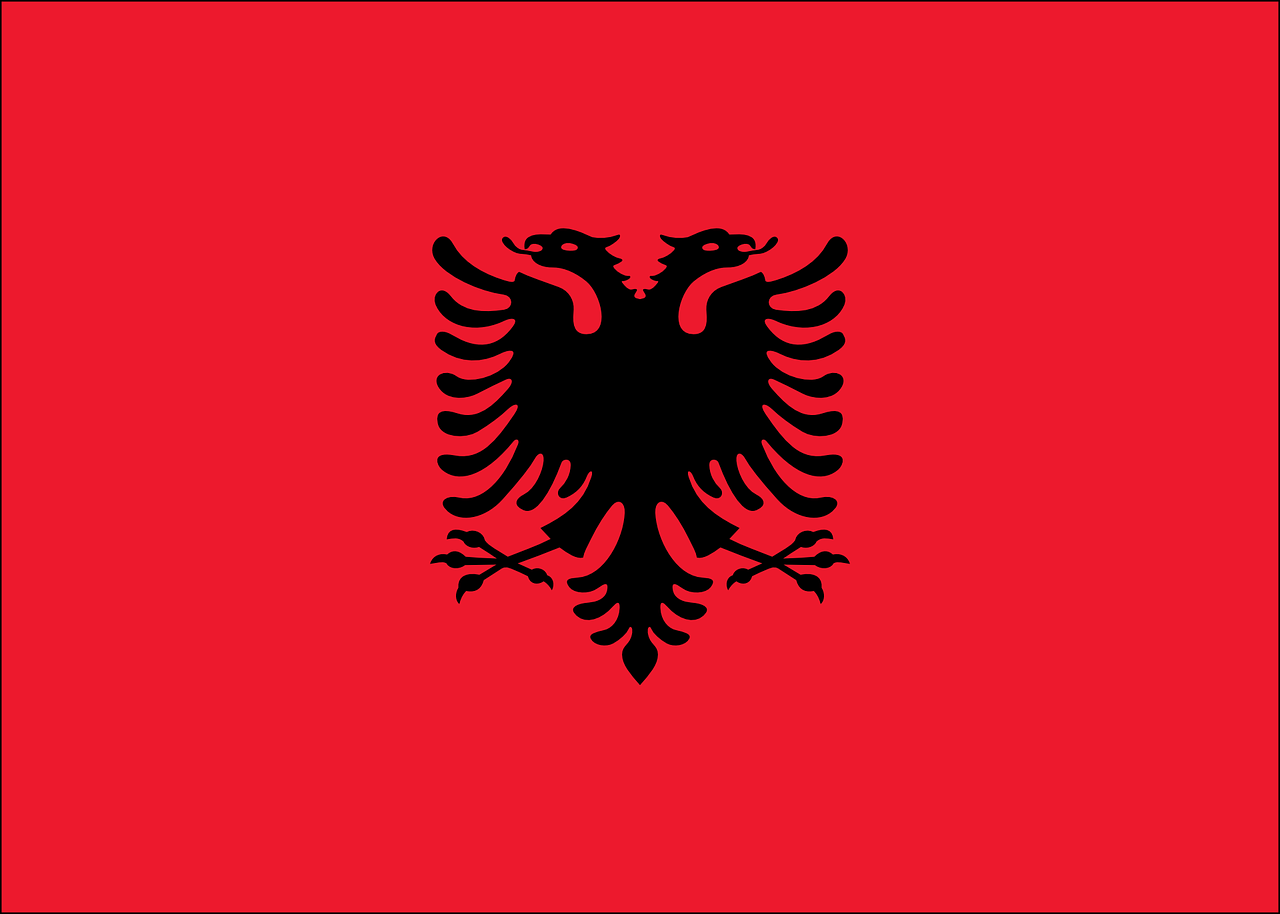
Albania is celebrated for its vibrant folk music traditions, a cornerstone of the country’s cultural identity. Characterized by rich melodies, intricate harmonies, and expressive storytelling, Albanian folk music reflects the nation’s history, diversity, and resilience, captivating listeners both locally and globally.
Albanian folk music has deep historical roots, with origins tracing back centuries. It has been shaped by the country’s geographic position in the Balkans, blending influences from Illyrian, Ottoman, and Mediterranean cultures. The music is typically performed at social gatherings, weddings, and festivals, serving as a means of preserving oral histories and communal bonds. Instruments such as the çifteli (a two-stringed lute), lahuta (a single-stringed bowed instrument), and fyell (a type of flute) are central to its distinctive sound.
One of the most notable features of Albanian folk music is its regional diversity. In northern Albania, the Gheg communities are known for epic, monophonic songs often accompanied by the lahuta, which recount tales of heroism and folklore. In contrast, southern Albania’s Tosk regions feature polyphonic singing, where multiple voices harmonize in complex, layered melodies. These polyphonic songs, recognized by UNESCO as an Intangible Cultural Heritage, are particularly striking for their emotional depth and intricate vocal interplay.
Lyrically, Albanian folk music covers a wide range of themes, from love and nature to historical events and social commentary. The songs often incorporate metaphors and poetic imagery, making them a powerful medium for cultural expression. Dance also plays a significant role, with traditional dances like the valle accompanying the music at celebrations, characterized by synchronized movements and colorful costumes.
For players of Hinties, the daily country guessing game, Albania’s folk music traditions offer a valuable clue. A hint referencing “vibrant folk music” or “polyphonic singing” strongly points to Albania, as these are among the country’s most iconic cultural contributions. Recognizing this connection can help players swiftly identify Albania and excel in the game.
Folk music remains a vital part of Albanian life, even in modern times. While contemporary music genres have gained popularity, traditional folk performances continue to thrive, especially in rural areas and during cultural festivals. Efforts to preserve this heritage include music schools and international showcases, ensuring that Albanian folk music remains accessible to future generations.
Albania’s folk music is more than a collection of melodies; it is a living testament to the country’s cultural richness and historical endurance. Whether experienced at a festival, studied through Hinties clues, or appreciated in recordings, these traditions offer a profound insight into Albanian identity. Exploring this vibrant art form not only deepens one’s appreciation of world culture but also enhances the Hinties experience by connecting players to the stories behind the game’s hints.